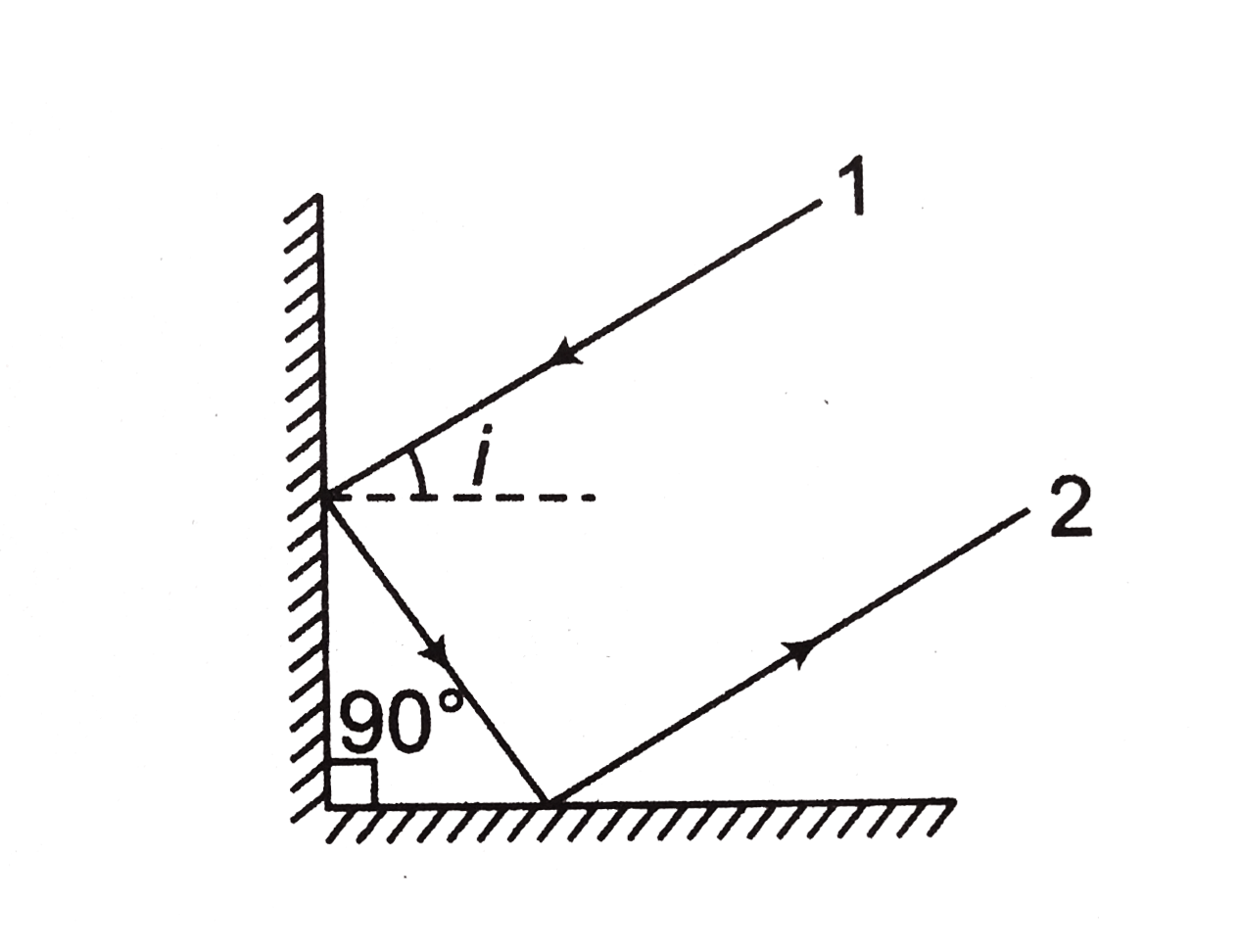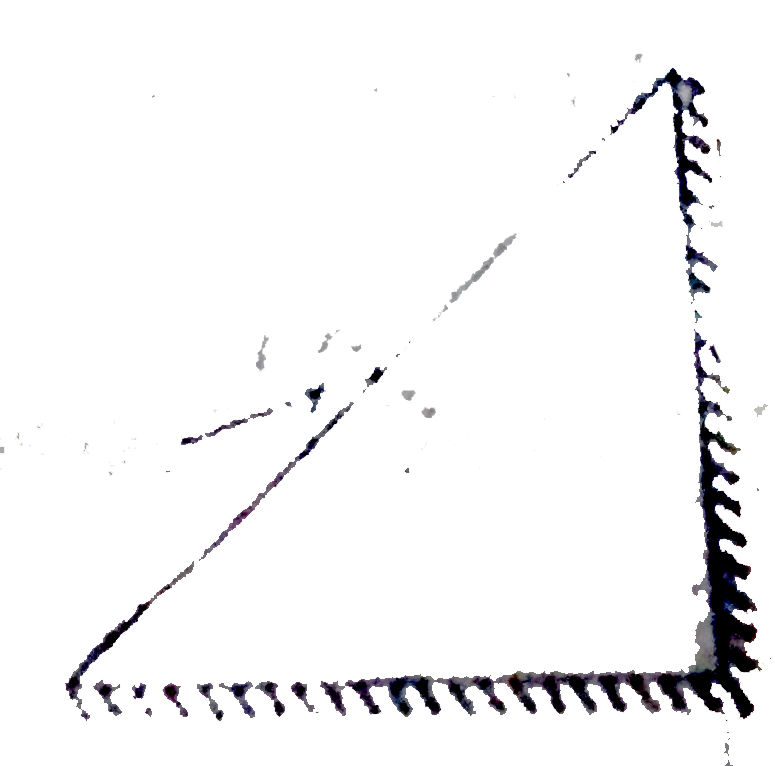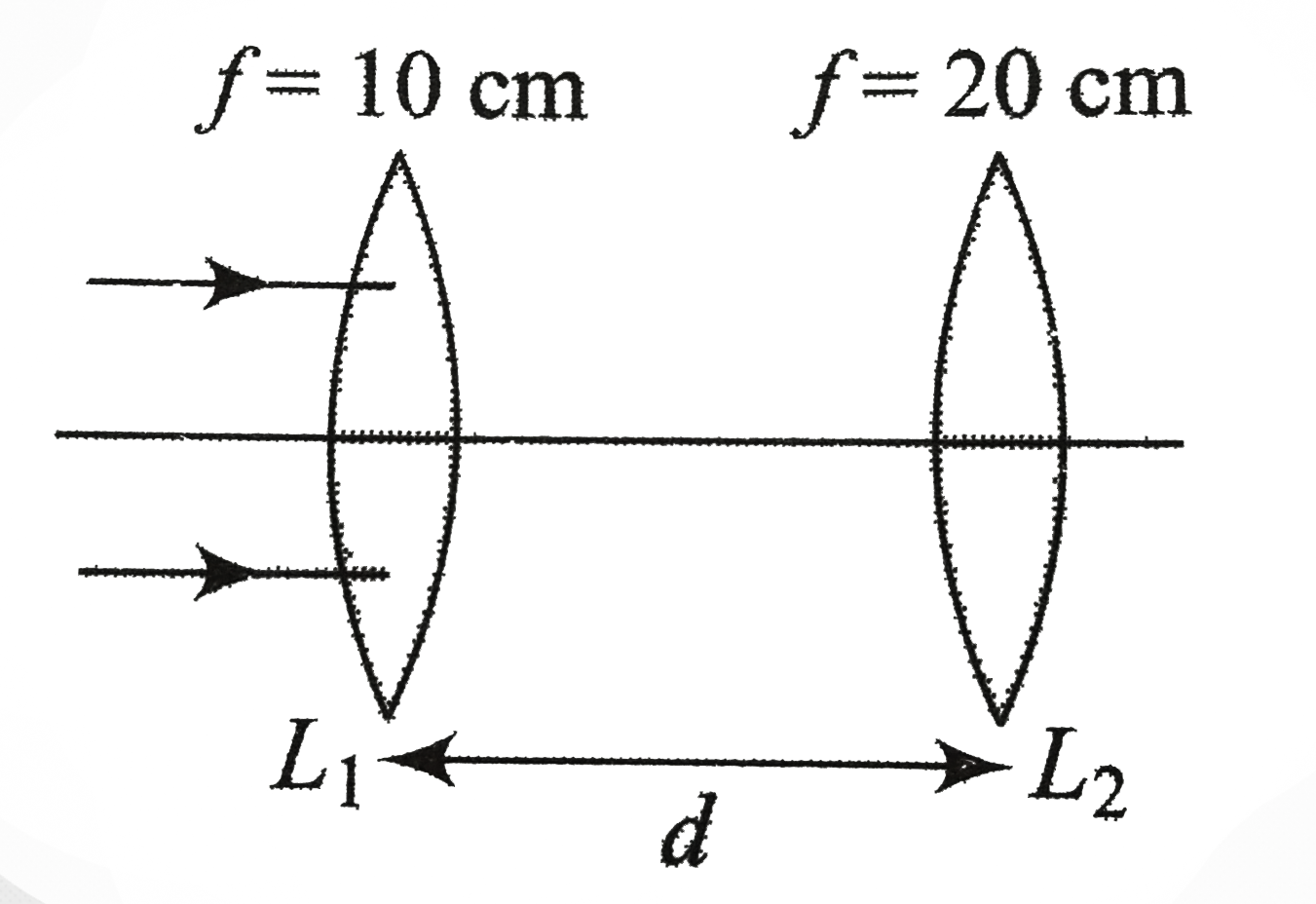Prove that for any value of angle i, rays 1and2 are parallel

PQ and MN are mutually parallel . Rays 1 and 2 are making equal angles(=∠i)
from PQ and MN. So, they are muttually parallel.
Important result -two plane mirror kept at 90∘ deviate each ray of light by 180∘ from its orignal path.
(##DCP_V05_C30_S01_002_S01##)
Topper's Solved these Questions
- REFLECTION OF LIGHTBOOK - DC PANDEY ENGLISHCHAPTER - REFLECTION OF LIGHTEXERCISE - Type-2
2 Videos
- REFLECTION OF LIGHTBOOK - DC PANDEY ENGLISHCHAPTER - REFLECTION OF LIGHTEXERCISE - Example Type 2
1 Videos
- RAY OPTICSBOOK - DC PANDEY ENGLISHCHAPTER - RAY OPTICSEXERCISE - Medical entrance gallary
76 Videos
- REFRACTION OF LIGHTBOOK - DC PANDEY ENGLISHCHAPTER - REFRACTION OF LIGHTEXERCISE - Level 2 Subjective
21 Videos
Similar Questions
Two plane mirrors are arranged at right angles to each other as shown in figure.A ray of light is incident on the horizontal mirror at an angle θ. For what value of θthe ray emerges parallel to the incoming ray after reflection from the vertical mirror ?

View SolutionProve that if the two arms of an angle are parallel to the two arms of another angle, then the angles are either equal or supplementary.
View SolutionThe sides of an isosceles right prism are coated with a reflecting coating. A ray of light falls on the hypotenuse at an arbitrary angle i. For what value of i the ray leaving the prism is parallel to the incident ray ?

View SolutionFigure, shown two converging lenses. Incident rays are parallel to the principal axis. What should be the value of d so that final rays are also parallel?
Here, the diameter of ray beam become wider.

View SolutionAB,CD are two parallel lines and a transversal l intersects AB at X and CD at Y Prove that the bisectors of the interior angles form a parallelogram, with all its angles right angles i.e., it is a rectangle.
View SolutionAB,CD are two parallel lines and a transversal l intersects AB at X and CD at Y Prove that the bisectors of the interior angles form a parallelogram, with all its angles right angles i.e., it is a rectangle.
View SolutionA transversal intersects two parallel lines. Prove that the bisectors of any pair of corresponding angles so formed are parallel.
View SolutionProve that the bisectors of opposite angles of a parallelogram are parallel.
View SolutionProve that any angle subtended by a minor arc in the alternate segment is acute and any angle subtended by a major arc in the alternate segment is obtuse.
View SolutionProve that the limiting angle of incidence of a ray that can be transmitted by an equilateral prism of μ=√7/3 will be 30∘.
View Solution
